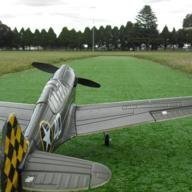-
Posts
473 -
Joined
-
Last visited
-
Days Won
2

boingk replied to cscotthendry's topic in Student Pilot & Further Learning

boingk replied to petetheprinta's topic in AUS/NZ General Discussion

boingk replied to flyerme's topic in AUS/NZ General Discussion

boingk replied to petetheprinta's topic in AUS/NZ General Discussion

boingk replied to petetheprinta's topic in AUS/NZ General Discussion

boingk replied to petetheprinta's topic in AUS/NZ General Discussion

boingk replied to petetheprinta's topic in AUS/NZ General Discussion

boingk replied to petetheprinta's topic in AUS/NZ General Discussion

boingk replied to a topic in Aircraft Building and Design Discussion

boingk replied to CrayonBox's topic in Aircraft Incidents and Accidents

boingk replied to CrayonBox's topic in Aircraft Incidents and Accidents

boingk replied to Kyle Communications's topic in Aircraft Incidents and Accidents

boingk replied to CrayonBox's topic in Aircraft Incidents and Accidents

boingk replied to .Evan.'s topic in Flight Sim

boingk replied to Thirsty's topic in Aircraft Incidents and Accidents

